Collective Molecular Activities of the Plant: Ostrya Carpinifolia

Country/Region:
ItalyTraditional Medicine System:
Turkey; Albania; Italy; France; Austria; Greece; Switzerland; Hungary; Russia; Bulgaria
Overview of Ingredients
36 All known Ingredients in Total
Unique ingredients have been isolated from this plant.Plant-Ingredients Associations were manually curated from publications or collected from other databases.
23 Ingredients with Acceptable Bioavailablity
Unique ingredients exhibit acceptable human oral bioavailablity, according to the criteria of SwissADME [PMID: 28256516] and HobPre [PMID: 34991690]. The criteria details:SwissADME: six descriptors are used by SwissADME to evaluate the oral bioavailability of a natural product:
☑ LIPO(Lipophility): -0.7 < XLOGP3 < +5.0
☑ SIZE: 150g/mol < MW < 500g/mol
☑ POLAR(Polarity): 20Ų < TPSA < 130Ų
☑ INSOLU(Insolubility): -6 < Log S (ESOL) < 0
☑ INSATU(Insaturation): 0.25 < Fraction Csp3 < 1
☑ FLEX(Flexibility): 0 < Num. rotatable bonds < 9
If 6 descriptors of a natural plant satisfy the above rules, it will be labeled high HOB.
HobPre: A natural plant ingredient with HobPre score >0.5 is labeled high human oral availability (HOB)
23 Ingredients with experimental-derived Activity
Unique ingredients have activity data available.Ingredient Structrual Cards
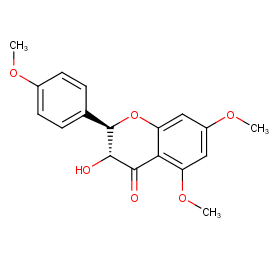
Ingredient ID: NPC98702
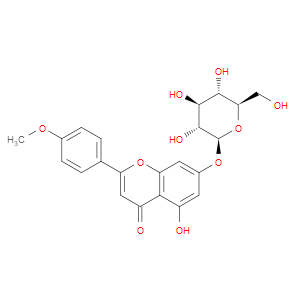
Ingredient ID: NPC95090

Ingredient ID: NPC72452
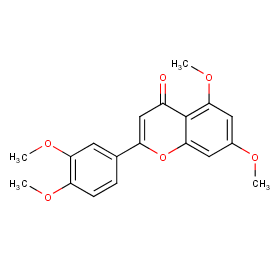
Ingredient ID: NPC70853
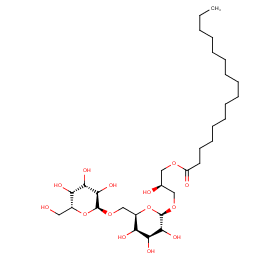
Ingredient ID: NPC6908
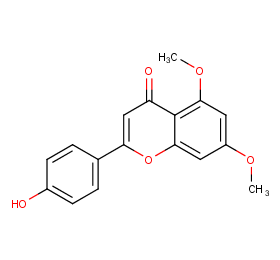
Ingredient ID: NPC65197
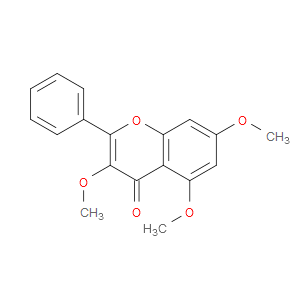
Ingredient ID: NPC61546
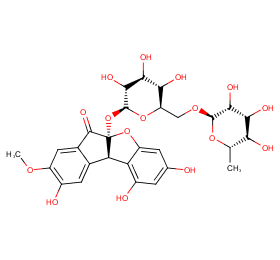
Ingredient ID: NPC40379
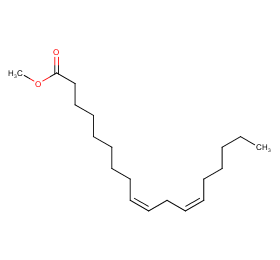
Ingredient ID: NPC39633

Ingredient ID: NPC310259
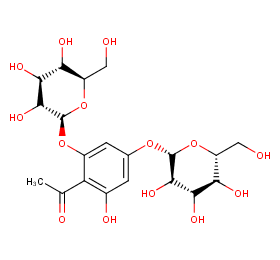
Ingredient ID: NPC295580
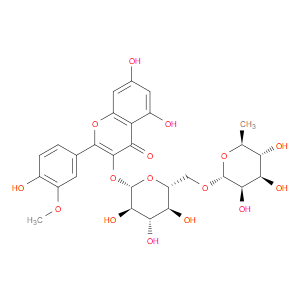
Ingredient ID: NPC294815
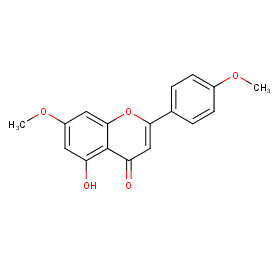
Ingredient ID: NPC29353
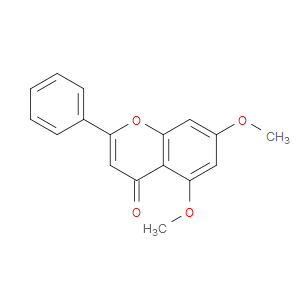
Ingredient ID: NPC278556
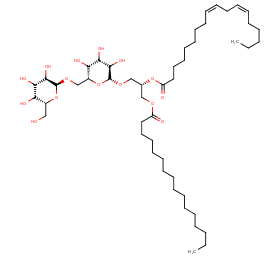
Ingredient ID: NPC272958
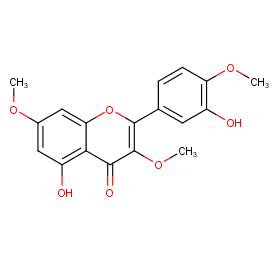
Ingredient ID: NPC270620
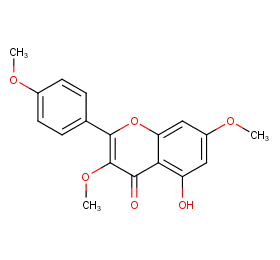
Ingredient ID: NPC262094

Ingredient ID: NPC255840
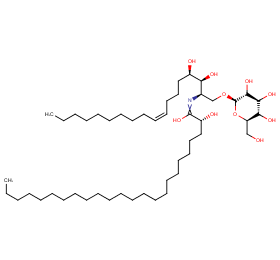
Ingredient ID: NPC254133
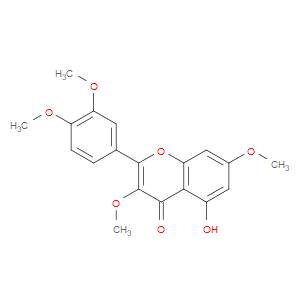
Ingredient ID: NPC236769
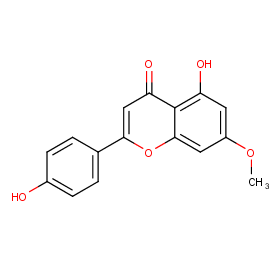
Ingredient ID: NPC234133
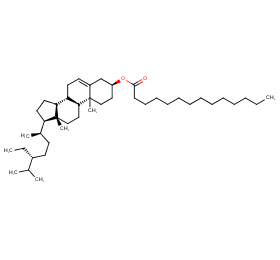
Ingredient ID: NPC232302
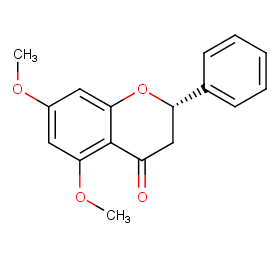
Ingredient ID: NPC231410
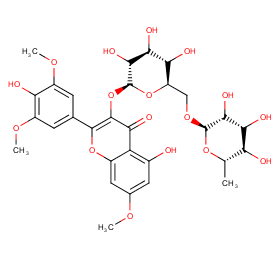
Ingredient ID: NPC206102
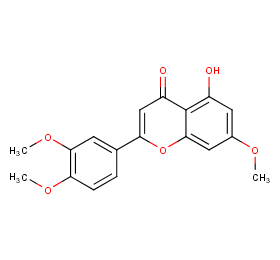
Ingredient ID: NPC195202
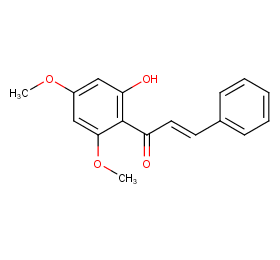
Ingredient ID: NPC188646
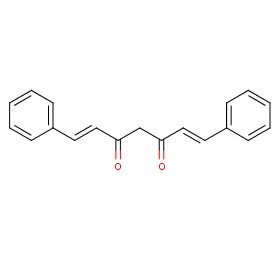
Ingredient ID: NPC179726
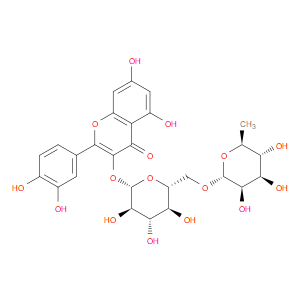
Ingredient ID: NPC176740
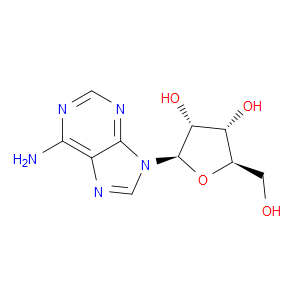
Ingredient ID: NPC156461
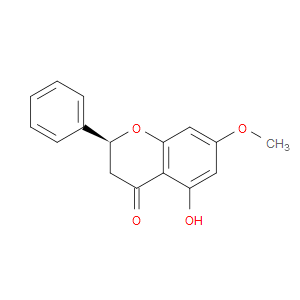
Ingredient ID: NPC150648
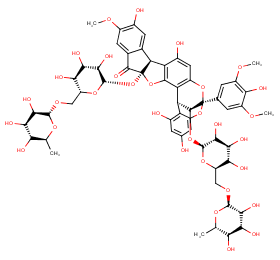
Ingredient ID: NPC143190
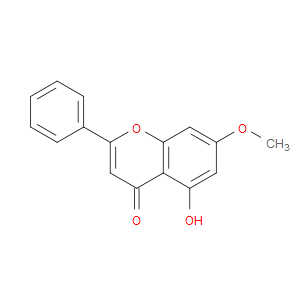
Ingredient ID: NPC127447

Ingredient ID: NPC120320
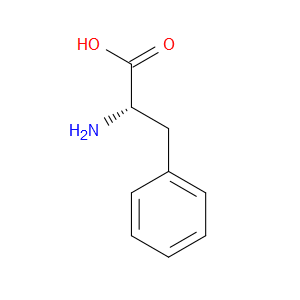
Ingredient ID: NPC10781
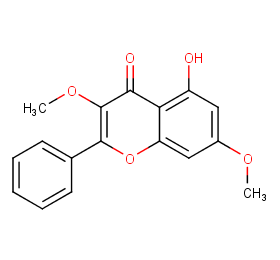
Ingredient ID: NPC103904
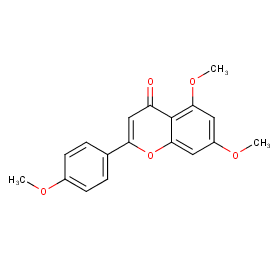
Ingredient ID: NPC101294
Classification of Human Proteins Collectively Targeted by the Plant
Detailed Information of Target Proteins
| Target Type | Protein Class | Gene ID | Protein Name | Uniprot ID | Target ChEMBL ID |
|---|---|---|---|---|---|
| Cytochrome P450 | Cytochrome P450 family 2 | CYP2C19 | Cytochrome P450 2C19 | P33261 | CHEMBL3622 |
| Drug Transporter | ATP-binding cassette | ABCG2 | ATP-binding cassette sub-family G member 2 | Q9UNQ0 | CHEMBL5393 |
| Therapeutic Target | Hydrolase | ACHE | Acetylcholinesterase | P22303 | CHEMBL220 |
| Therapeutic Target | Protein Kinase | MKNK2 | MAP kinase signal-integrating kinase 2 | Q9HBH9 | CHEMBL4204 |
| Therapeutic Target | Small molecule receptor (family A GPCR) | ADORA1 | Adenosine A1 receptor | P30542 | CHEMBL226 |
| Therapeutic Target | Small molecule receptor (family A GPCR) | ADORA2A | Adenosine A2a receptor | P29274 | CHEMBL251 |
| Therapeutic Target | Small molecule receptor (family A GPCR) | ADORA3 | Adenosine A3 receptor | P0DMS8 | CHEMBL256 |
Clinical trials associated with plant from natural product (NP) & plant level:
| Clinical trials type | Number of clinical trials | |
|---|---|---|
| 27 | ||
| NCT ID | Title | Condition | Form in clinical use | Associated by plant or compound |
|---|---|---|---|---|
| NCT00179010 | AMP as a Better Delivery System of Adenosine | ischemia | Adenosine (NPC156461) | |
| NCT00284323 | Salvage: Postconditioning With Adenosine for STEMI | ST Elevation Myocardial Infarction | Adenosine (NPC156461) | |
| NCT00298636 | Dose-Response of Adenosine for Perioperative Pain | pain | Adenosine (NPC156461) | |
| NCT00349921 | Clonidine Versus Adenosine to Treat Neuropathic Pain | pain | Adenosine (NPC156461) | |
| NCT00565188 | Application of ATP Infusions in Palliative Home Care | cancer | Adenosine (NPC156461) | |
| NCT00580905 | Role of Adenosine in the Release of VEGF and Cytokines | inflammation | Adenosine (NPC156461) | |
| NCT00590070 | THE REOPEN-AMI STUDY - Intracoronary Nitroprusside Versus Adenosine in Acute Myocardial Infarction | myocardial infarction | Adenosine (NPC156461) | |
| NCT00612521 | Prophylactic Intra-coronary Adenosine to Prevent Post Coronary Artery Stenting Myonecrosis | coronary stenosis | Adenosine (NPC156461) | |
| NCT00714103 | 8-Chloro-Adenosine in Chronic Lymphocytic Leukemia | chronic lymphocytic leukemia | Adenosine (NPC156461) | |
| NCT00751491 | Clopidogrel Versus Adenosin in Non Urgent Percutaneous Coronary Intervention (PCI) | angina pectoris | Adenosine (NPC156461) |
❱❱❱ Associated Human Diseases and Detailed Association Evidence
How do we define the Plant-Targeted Human Disease Association?
Associated human diseases of an individual plant are summurized based on FOUR types of association evidence, these include:
❶ Association by Therapeutic Target: Bioactive protein targets of the plant were defined in "Molecular Targets" section, target-disease associations collected from TTD database were subsequently used to build the associations between the plant and its targeted human diseases.
❷ Association by Disease Gene Reversion: Plant and a specific disease will be associated when >= 1 plant target gene overlaped with disease's DEGs.
❸ Association by Clinical Trials of Plant: Plant and a specific disease will be associated when >= 1 clinical trial (the plant is the intervetion) can be matched in ClinicalTrials.gov database.
❹ Association by Clinical Trials of Plant Ingredients: Plant and a specific disease will be associated when >= 1 clinical trial (the plant ingredient is the intervetion) can be matched in ClinicalTrials.gov database.
Associated Disease of the Plant | Association Type & Detailed Evidence |
|---|---|
Acute myocardial infarctionDisease Category: 11.Diseases of the circulatory systemDisease ICD-11 Code: BA41 |
NCT00781404
|
Acute respiratory distress syndromeDisease Category: 12.Diseases of the respiratory systemDisease ICD-11 Code: CB00 |
NCT04588441
|
Acute ST elevation myocardial infarctionDisease Category: 11.Diseases of the circulatory systemDisease ICD-11 Code: BA41.0 |
NCT01747174,NCT00284323
|
Adenocarcinoma of bronchus or lungDisease Category: 02.NeoplasmsDisease ICD-11 Code: 2C25.0 |
ACHE
|
Adenocarcinoma of pancreasDisease Category: 02.NeoplasmsDisease ICD-11 Code: 2C10.0 |
ADORA3,ACHE,ADORA2A,ABCG2,CYP2C19
|
Alzheimer diseaseDisease Category: 08.Diseases of the nervous systemDisease ICD-11 Code: 8A20 |
ACHE
|
Angina pectorisDisease Category: 11.Diseases of the circulatory systemDisease ICD-11 Code: BA40 |
NCT01123525,NCT00751491
|
Arteries/arterioles disorderDisease Category: 11.Diseases of the circulatory systemDisease ICD-11 Code: BD52 |
MAPK1
|
Atrial fibrillationDisease Category: 11.Diseases of the circulatory systemDisease ICD-11 Code: BC81.3 |
NCT03032965,NCT01932112
|
Breast cancerDisease Category: 02.NeoplasmsDisease ICD-11 Code: 2C60-2C6Y |
MKNK2
|

